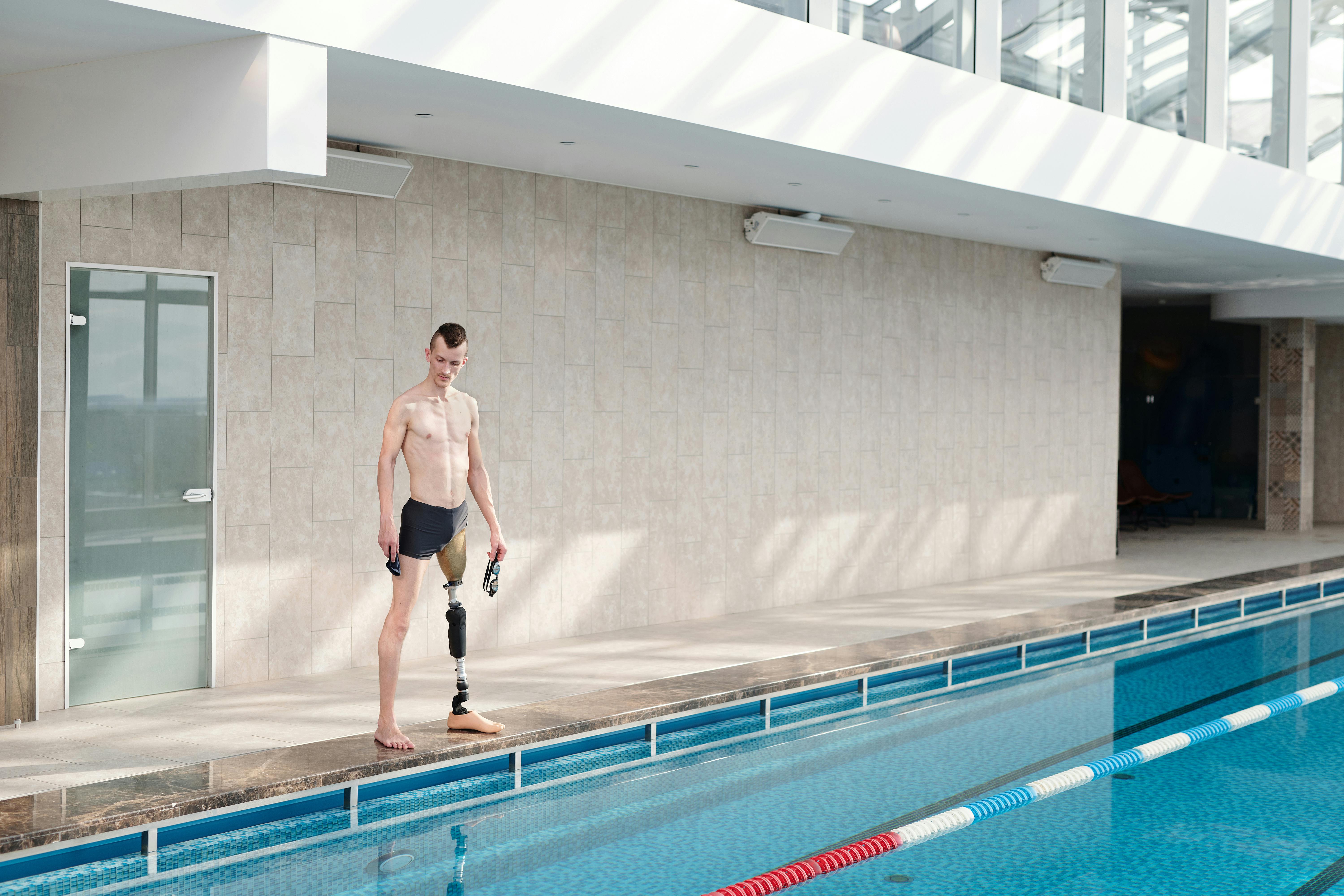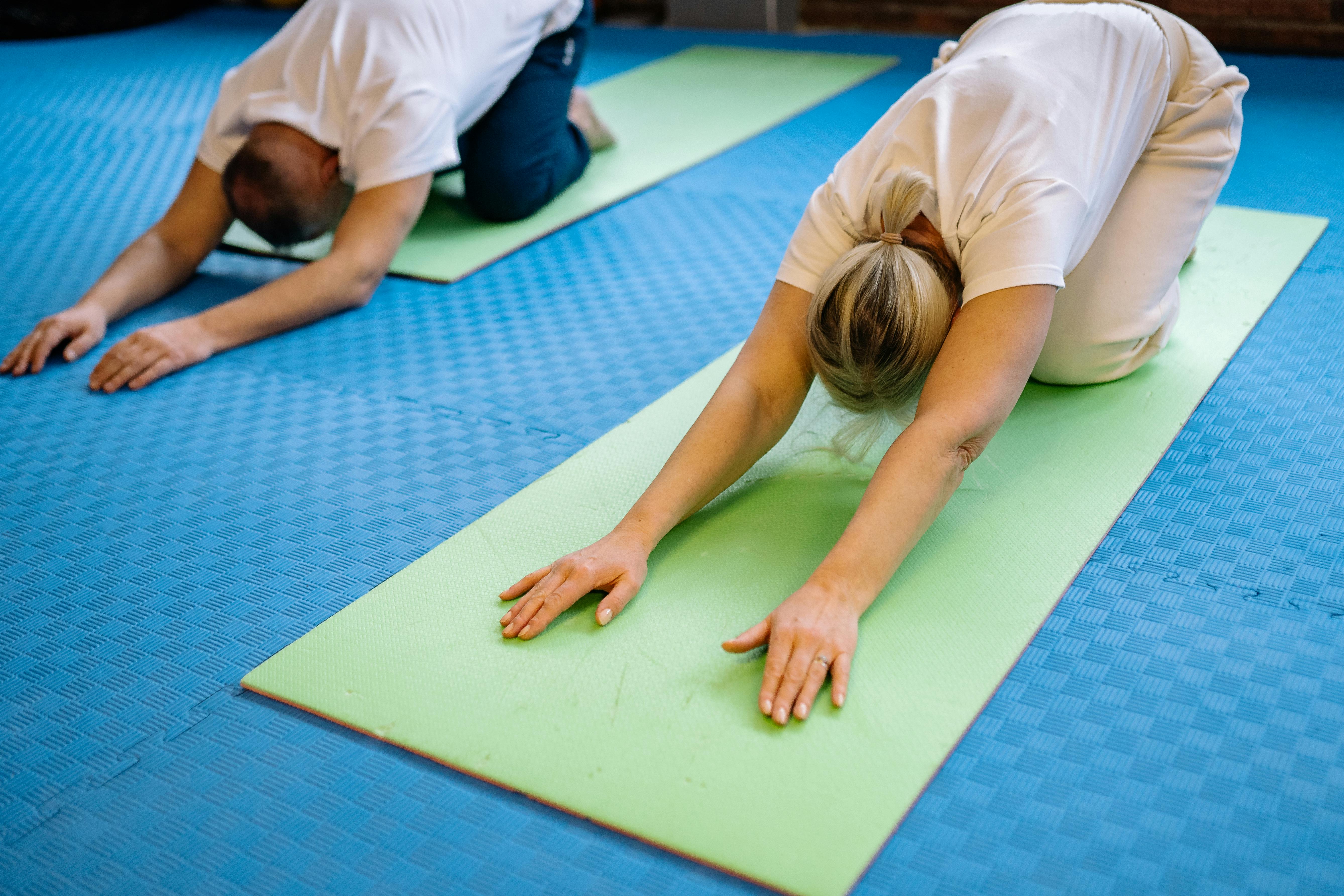Basketball shooting instructions that nobody gave you!
Tips to improve your basketball shooting. It’s not the usual type of training, but you’ll find it to be the way of the great shooters.
Let me ask you a few questions and then I’ll answer. First remember shooting is at an all time low in this country, and we need to question all coaches including mine!
POSITION
do you square? If he does it and doesn’t do it with both hands, that’s his first mistake! The best shooters do not square their bodies to the target; have an Open Stance! Check it out. An open stance is more natural and athletic, plus eye and target alignment is easier the more open you are, and it’s more powerful because body energy can propel the ball up and forward, not just up. It’s like a boxer standing up to jab, open, jab with the arm forward. Give it a try and see how strong and stable that posture is.
SET POINT (from where the launch starts):
Is the center of the ball in line with your eye, your ear, your shoulder, your nose, the other eye? In order to shoot better, it is better to align it with the shooting eye. So you know where the target is and you can fire your shot exactly in line. Steering is not so much of a challenge.
THE ADJUSTMENT ACTION
As you bring the ball to the set point, is the center of the ball aligned with the eye and the basket for a long time, or is it so aligned only at the last moment, or is it not aligned at all? If it’s the latter, accuracy is compromised.
FLOW OF THE SHOT ON THE STAGE
Is there a flow (one piece action) from setup to release that helps you with accuracy, or are you hesitating before shooting (breaking the flow) or taking the ball off the line?
LAUNCHING
How would you describe your throwing action: throw, flip, push, or catapult? Most people these days shoot the ball, and I think this is one of the main reasons why no one can shoot anymore. I recommend a relaxed wrist and hand push-up action with a solid, connected follow through. That’s what our best shooters are doing. defines them. Mediocre shooters throw or flip the ball, thus adding variables that are difficult to control.
When you release the ball, is the action of your arm fully extended at the same speed each time, or is the speed inconsistent or does your arm stop dead (called “short arm”) or move or pull back quickly? Big shooters go to “end of your arm” with full extension each time at approx. speed and therefore have reliability and predictability.
TURNS
What kind of spin are you giving the ball? Is it pure backspin, or is there some creeping side spin? Maybe it’s a dead ball, or all side spin. If it’s not a medium backflip, you know you’re messing things up with your wrist, hand, or fingers. A push and flop, as I recommend, will give you a nice medium backspin every time.
HOW TO REMOTE CONTROL?
What do you do to control the distance? Do you vary the pitch? Or change your leg action or when you release the ball? Or do you vary the angle or arc? I recommend the latter, because with a launch action that is always the same speed and force, your only decision at launch is the angle, the trajectory. That is a gut decision, not a thought process. Shooting becomes less complicated.
SHOOTING CAN BE MUCH EASIER THAN YOU THINK!
I have been researching and writing about shooting for more than 20 years. Almost every shooting coach I know (and regular coaches trying to teach shooting) teaches ~4-5 things that aren’t effective. Somehow in our history, trainers started teaching and demanding things that are not effective, not how our bodies are made. One of these is the first thing out of their mouths… SQUARES!
Squaring Up is appropriate… for two-handed shooting!!! Not appropriate for today’s one-handed shooting! But the coaches still say it. (Some have told me they mean “face up,” not “square,” and an open stance is implied.)
The only line (which is a plane) that matters is the line from your eye through your hand and ball to the basket. If that is achieved, the steering is controlled and easy. If not, steering will always be a challenge.
Some of the other shooting “myths” I see include these:
or turn your wrist
No, turning puts control in little muscles.
Rather, use a thrusting action with a relaxed wrist and hand, and the benefit you’ll get is a simple, effective, and repeatable shot.
o Elbow under the ball
No, that prohibits the hand position from aligning with the target.
Instead, focus on the hand, centering it on the eye-target line (and the elbow has to be turned out a bit to do that).
o Shoot at the top of the jump
Only if you are rising above someone. It’s a great weapon if you can do it, but it’s extremely difficult, since all you have left for power are the smaller muscles in your arm, wrist, hand, and fingers. Much easier and more effective is to shoot “on the way up!”
o Reach for your hand in the Cookie Jar
No, if you have such an action, the doll is hooked. So you would be spinning the wrist.
If the wrist and hand are relaxed, they will hang down a bit but will not be in a forced down position. One sign of a great shooter is the hand that lands on the follow through.
o The arm should form an “L” at the point of adjustment
No, that applies only to those strong enough to have the ball above their eyes, near the top of their heads.
Younger children should have the ball under their eyes, where the arm forms a “V,” not an “L.”
Stronger players who have the ball above their head a couple of inches or more have an extended “L”, not a true “L”.
o Tilt wrist and hand back so that an inverted “C” is formed
No, that encourages, even requires you to “decock” it when you release the ball, thus activating those little muscles that are hard to control and repeat. It interferes with recoil.
Instead, simply let the hand move back to approx. 50-75 degrees from vertical, where you can push the ball up and forward without engaging your “flipppy” muscles.
Each of the answers given above are what our best shooters do/did naturally: Chris Mullin, Steve Kerr, Diana Taurasi, Steve Nash, Sue Bird, even older “shooters” like George Gervin and Detlef Schrempf, and more. recently Stephen Curry. , to name a few. My guess is that these players, as for me in my high school days, were self taught. We didn’t have coaches insisting we square up, turn our wrists, etc., etc., so we just naturally develop what works best. And we all find the same things, just like you with this simple training.
DON’T BELIEVE ANYTHING I SAY!
I say it in all my clinics. Do not believe me! But don’t stop believing me either! Check everything with your own experience! That will tell you if it’s true or not. Not many people take a look at the myths; they just keep thinking they are the truth and keep acting or teaching the same way… and the result is what you see: poor shooting everywhere!
The answers are very simple and lead to a way of shooting that anyone can do well with free throws, jump shots, set shots and 3-pointers, even running backs and floaters. The lofty, athletic shots we see more gifted players take require more strength and coordination, and they do their best to shoot between streaks.
Please explore my website for articles, testimonials, video clips, etc., that support what I say. You can do it. Commit and keep things simple and you will become the best shooter on your block/team!
Tom Nordland, shooting coach



